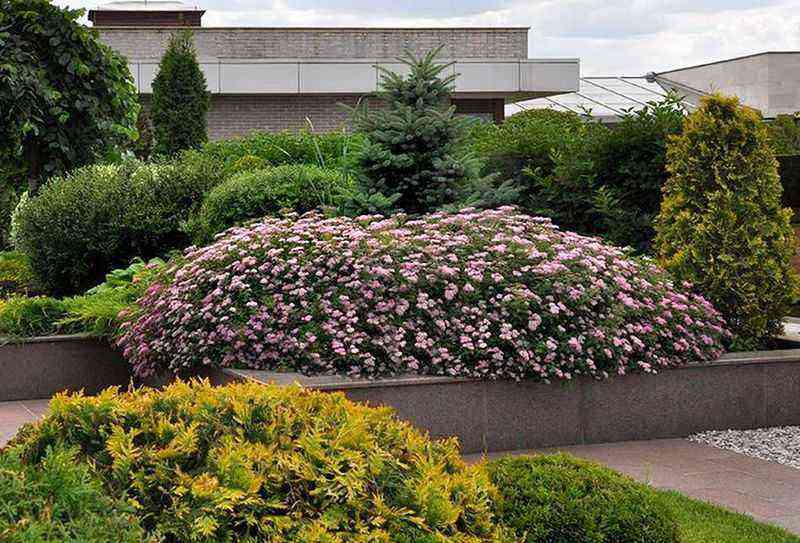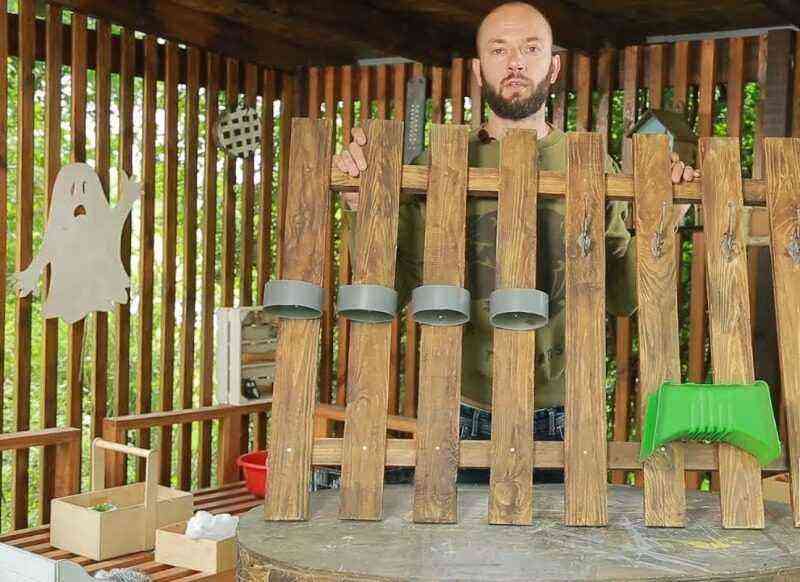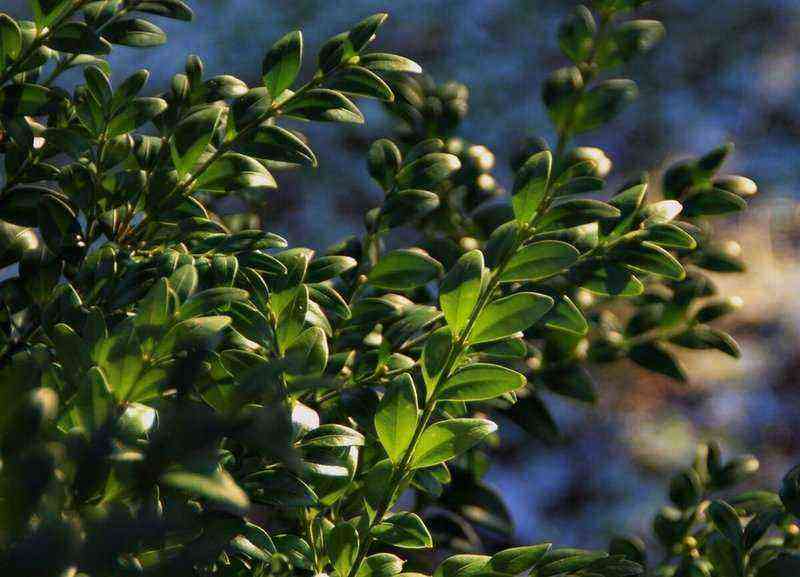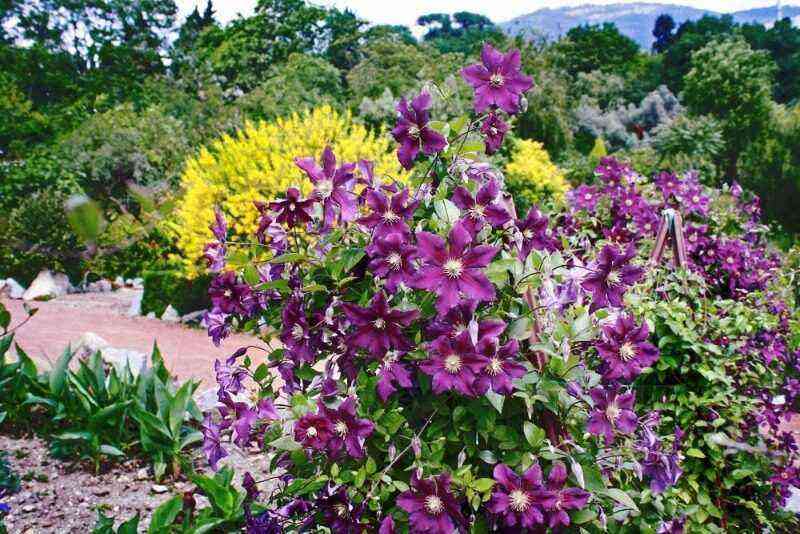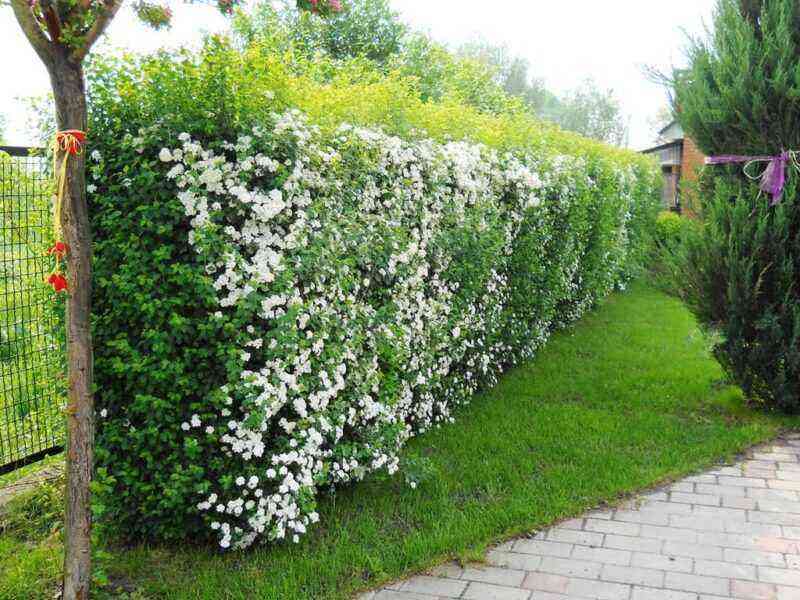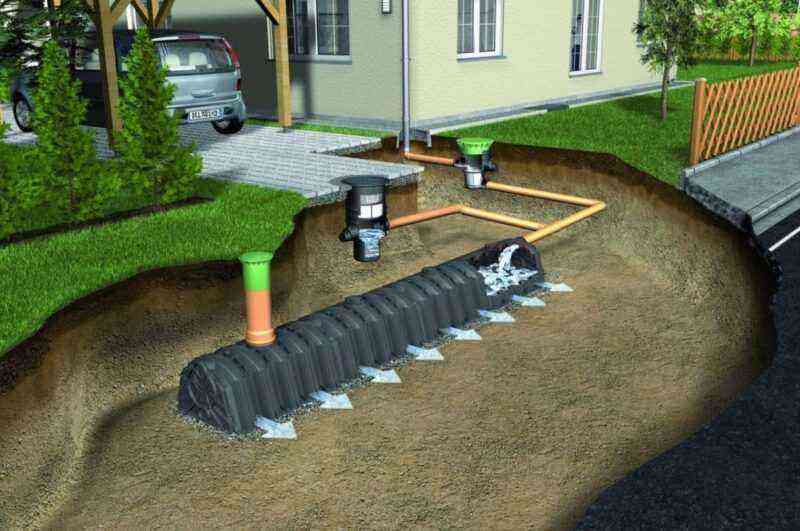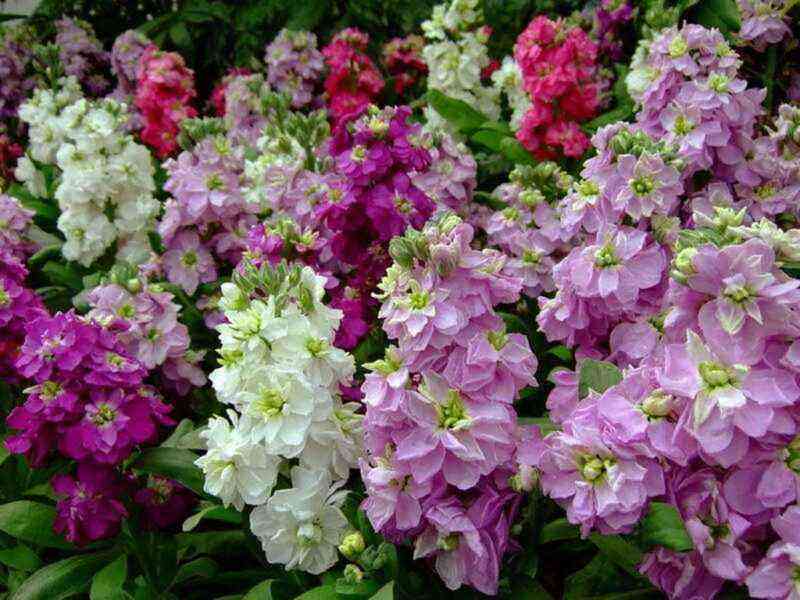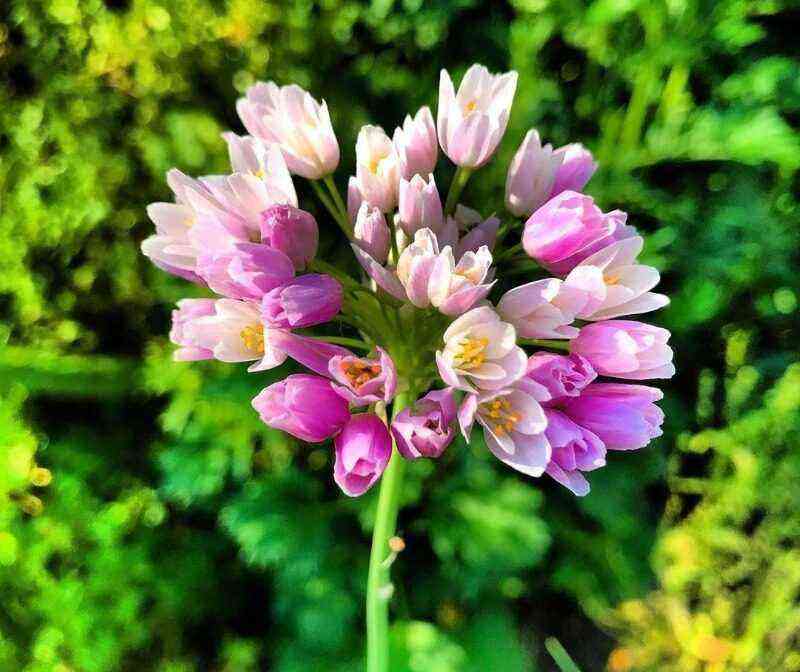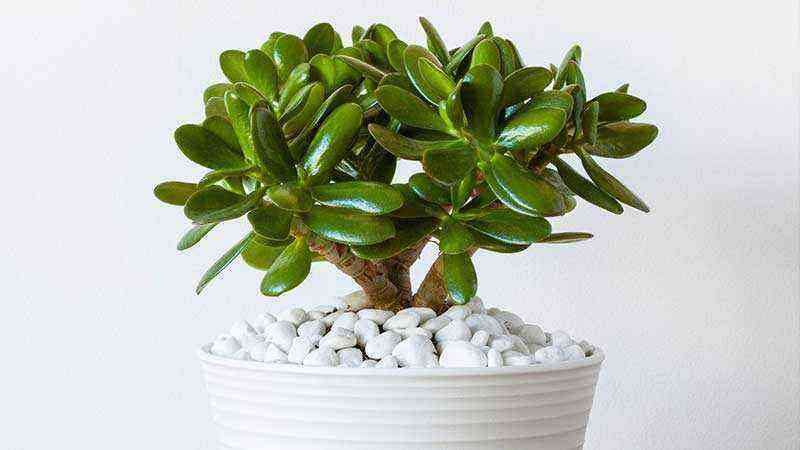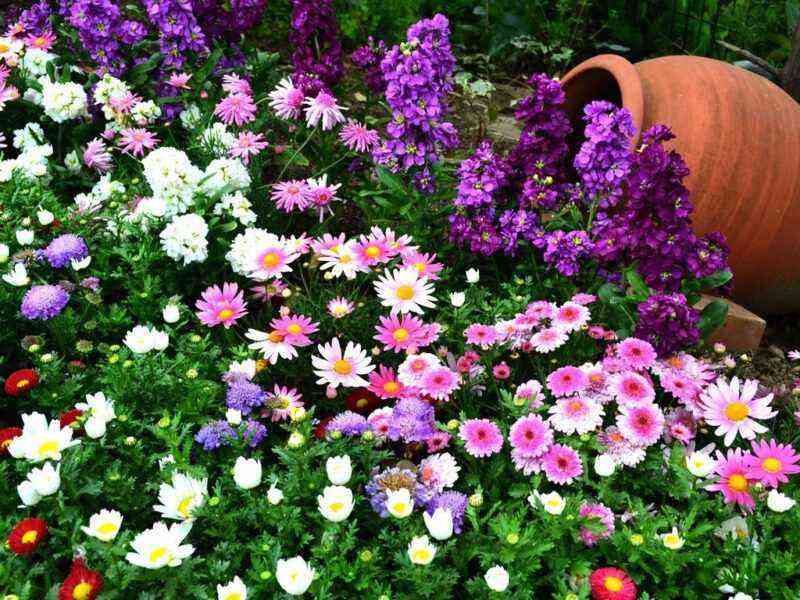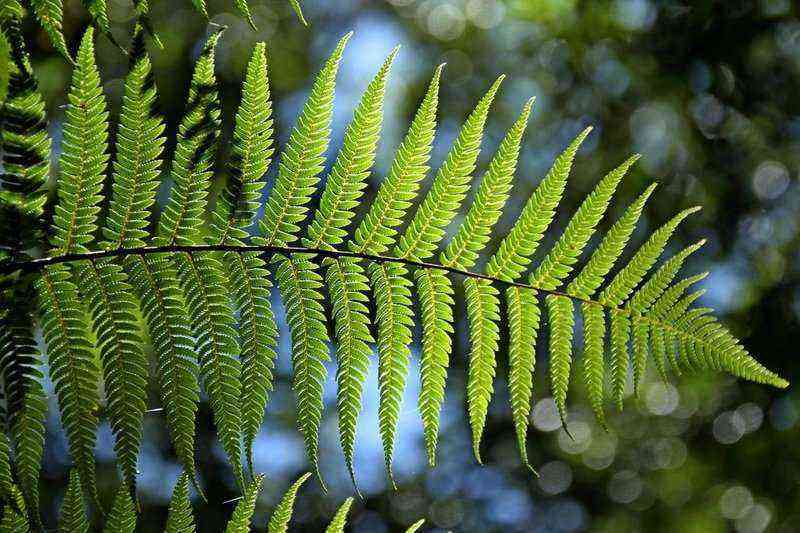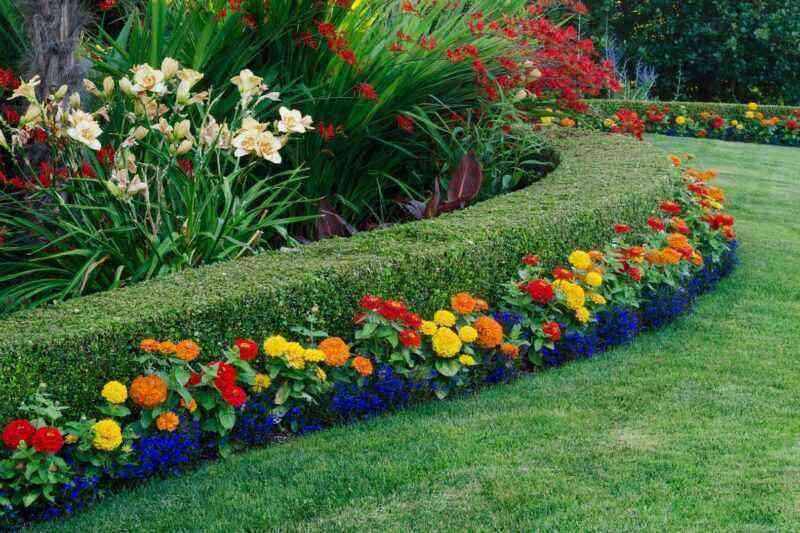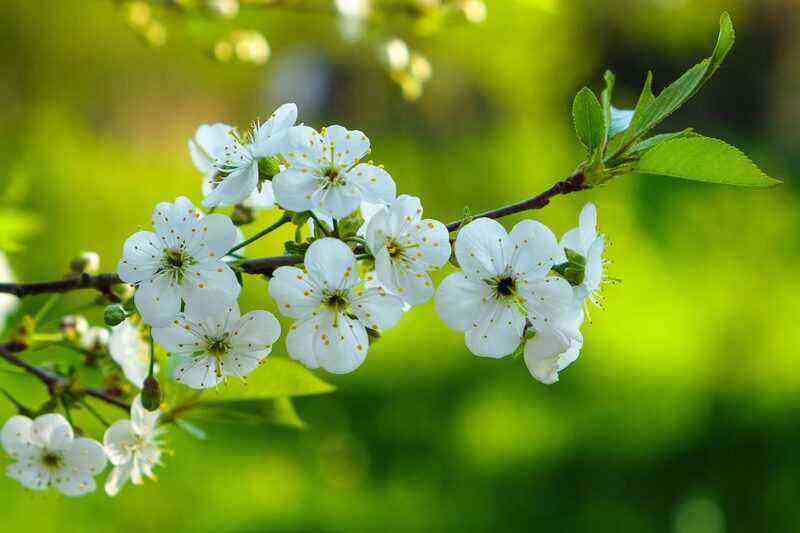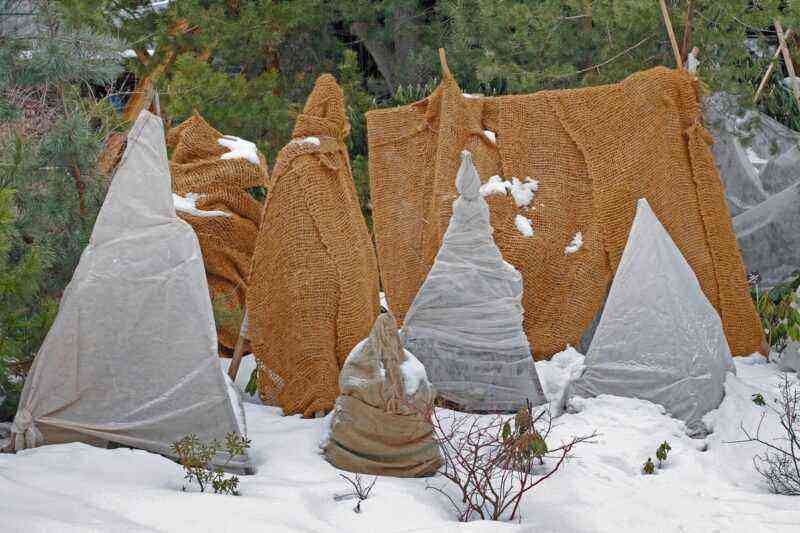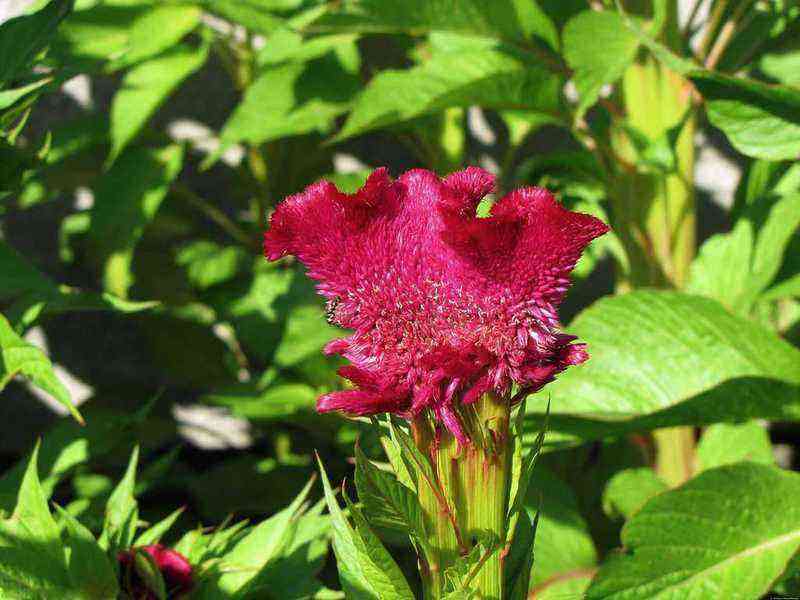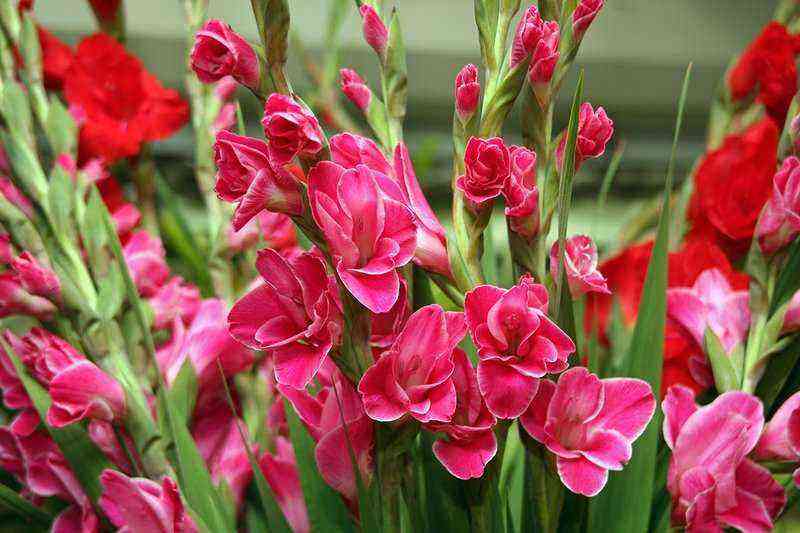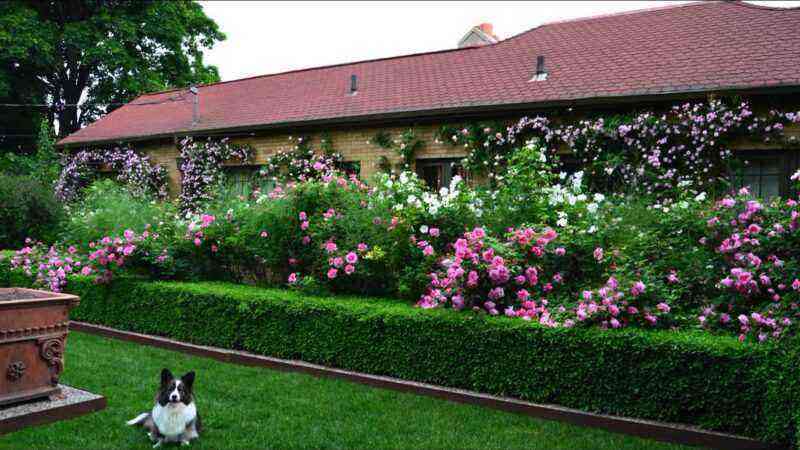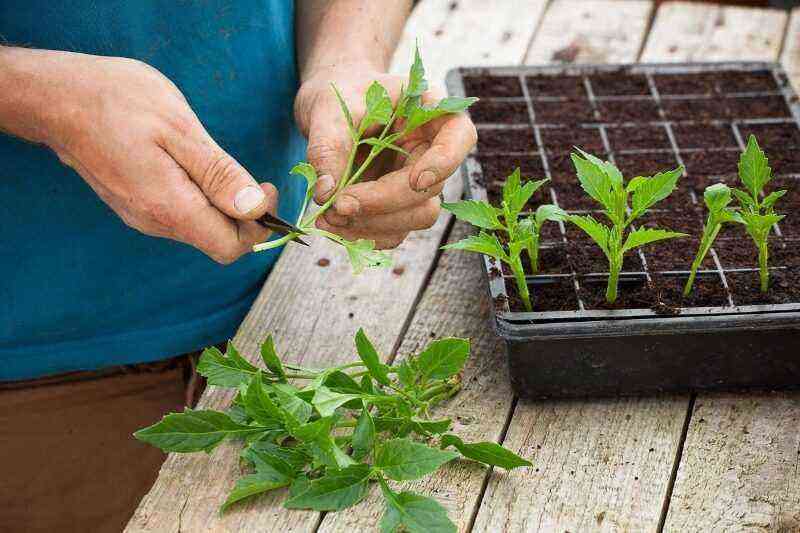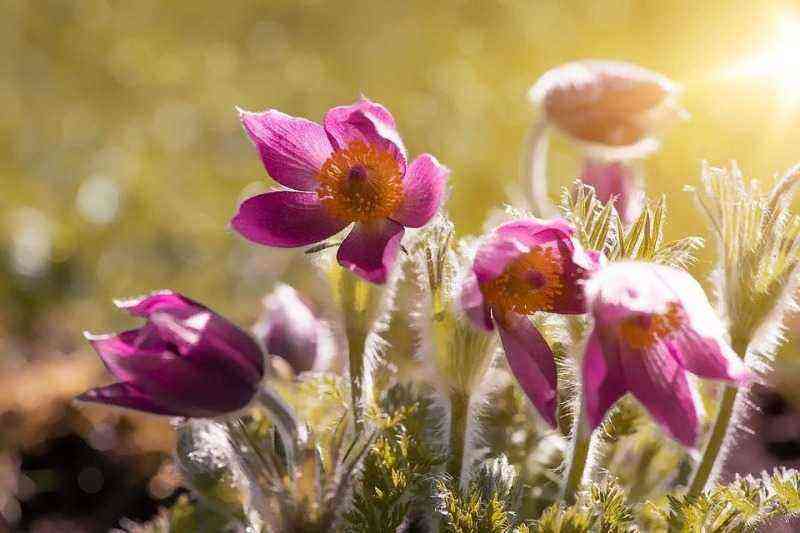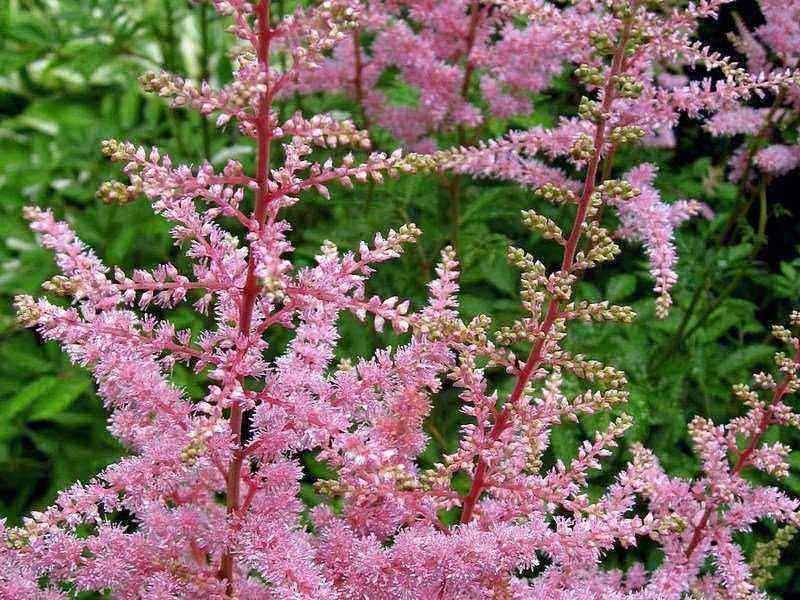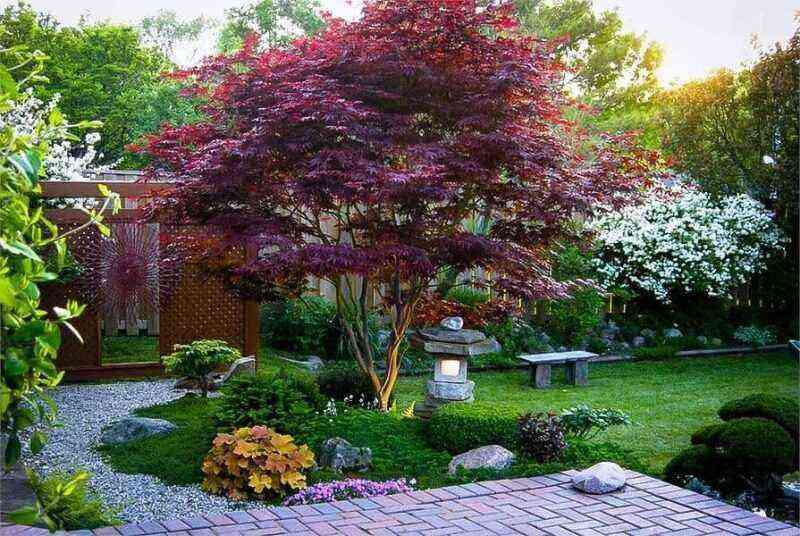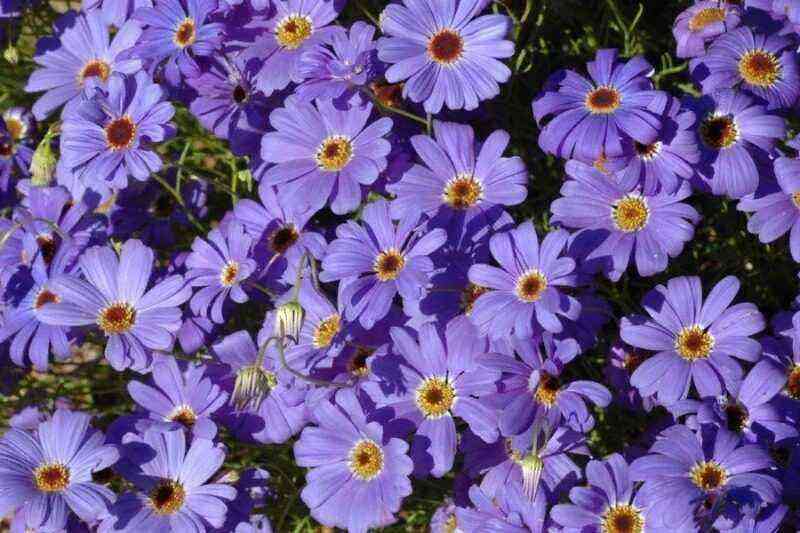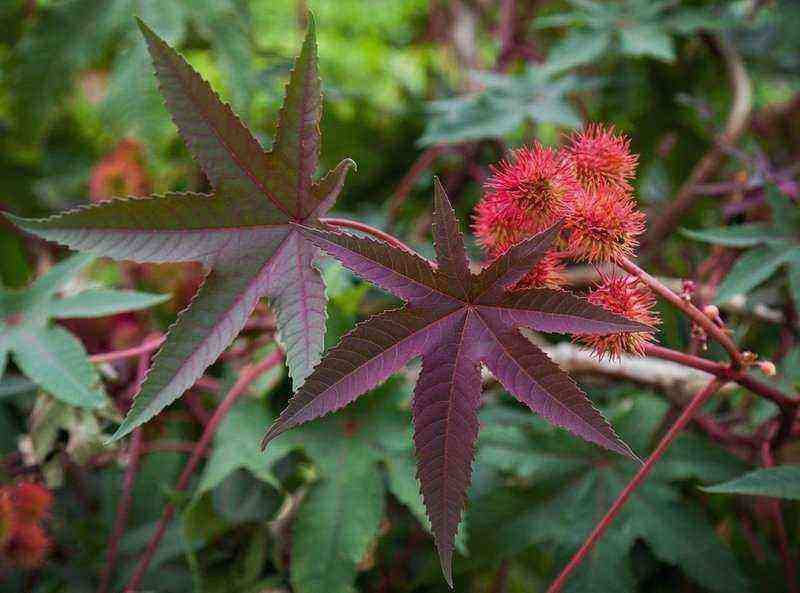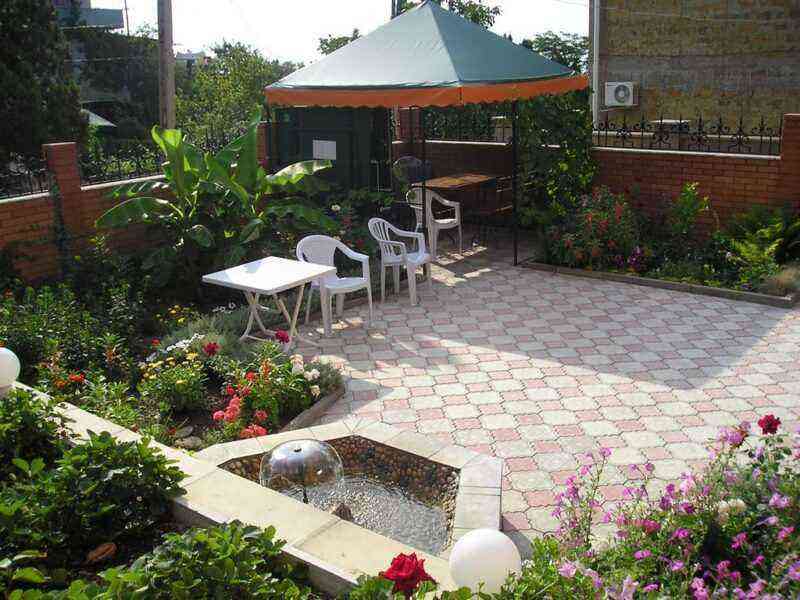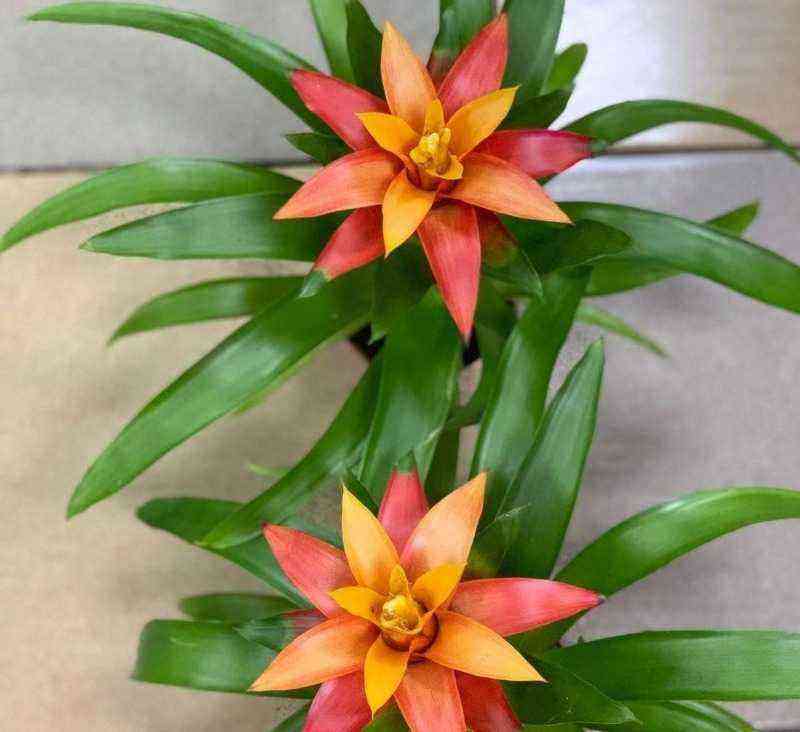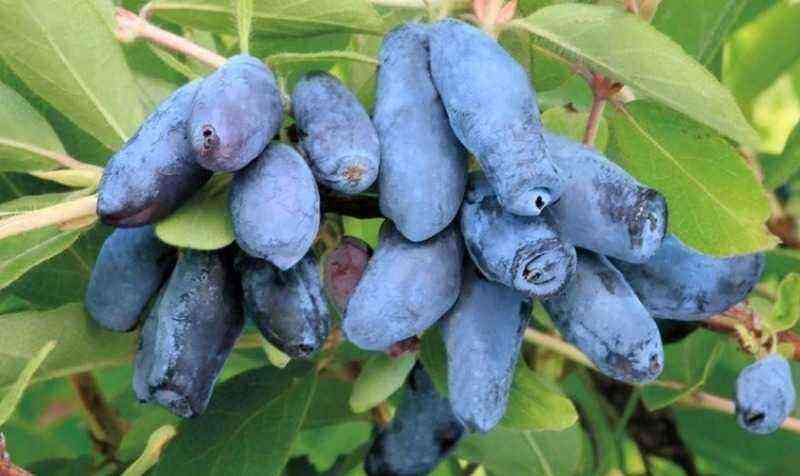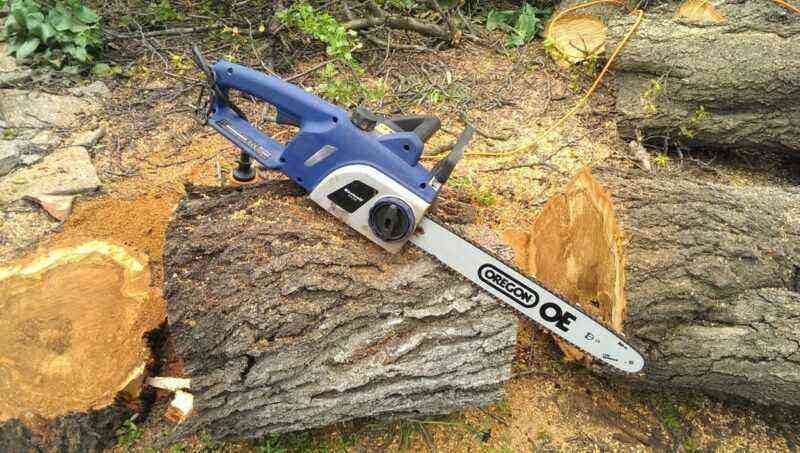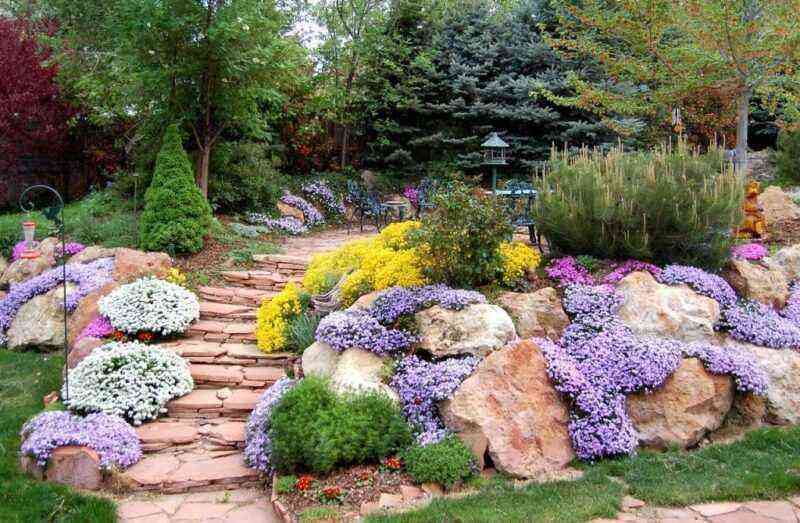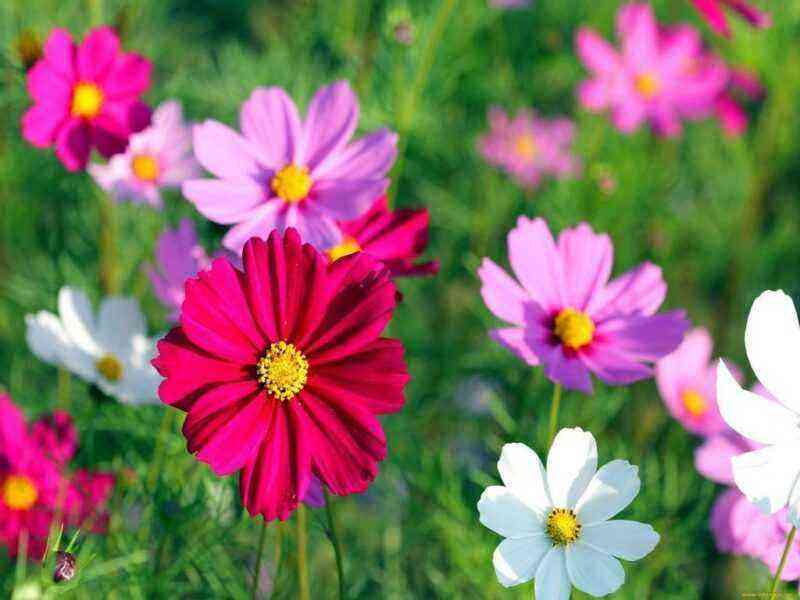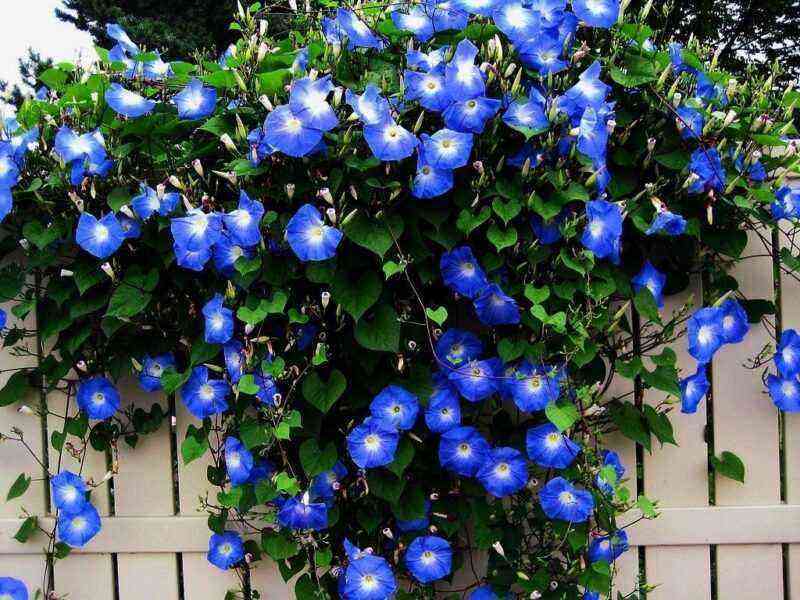The restless sunny bunny jumped so merrily over your face that you finally woke up. Stretching cheerfully, you jump out of bed and run to the kitchen to put the kettle on … Taking a cup of hot drink in your hands, you go out onto the veranda bathed in the morning sun. It is still fresh and cool. Going down the steps into the garden, you tear off a small leaf from a tall plant with a beautiful bright inflorescence and, slightly kneading the leaf in your fingers, dip it into tea. Ah, what a pleasant mint-citrus scent!
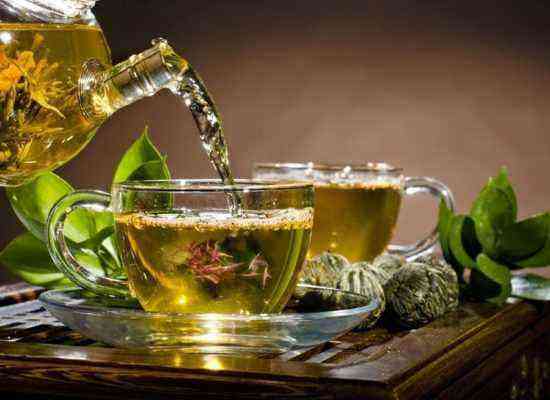
Monarda is also called garden bergamot for its characteristic smell and taste. The lush inflorescences of the plant come in different shades: white, pink, lilac, red, purple and lilac. The variety of color palette of these representatives of the flora will help create attractive colorful flower beds on the site.
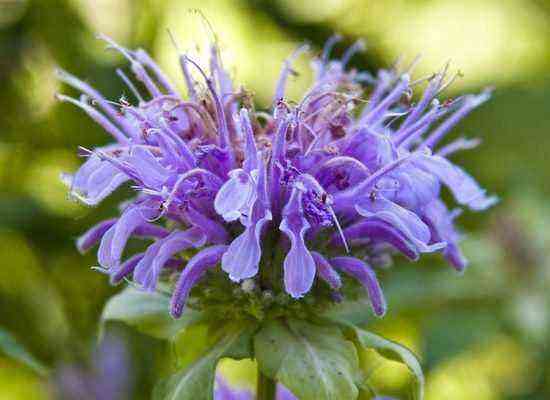

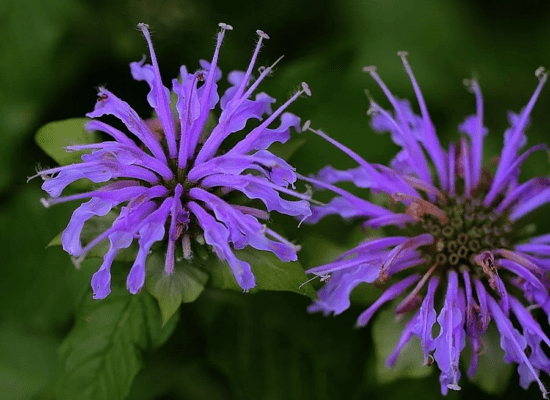
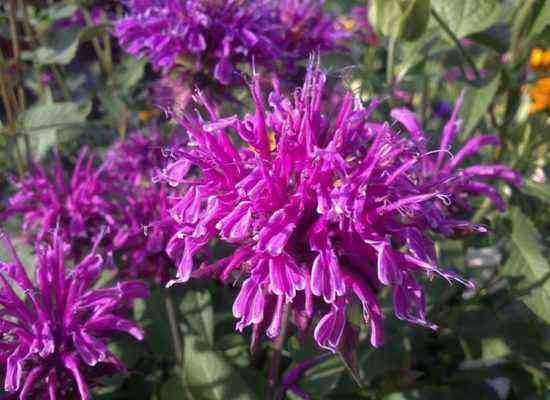
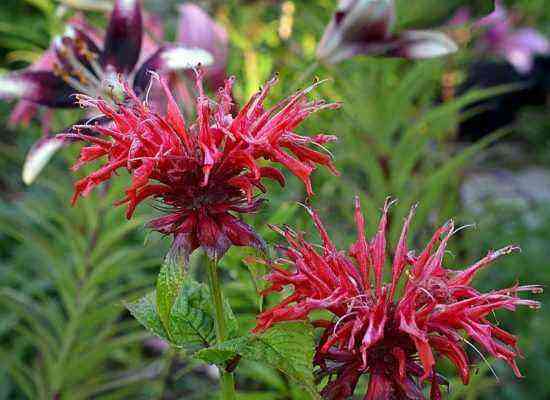
The flowering period of the monarda is quite long – from July to September, which cannot but please landscape designers. In addition, the plant is unpretentious and frost-resistant. Varieties and varieties of monarda are both tall, reaching 1,5 meters, and dwarf up to 25 cm.
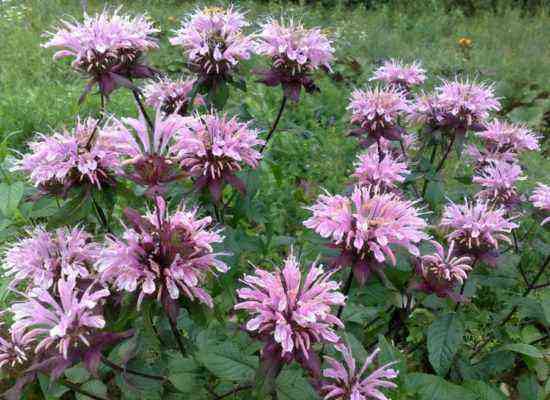
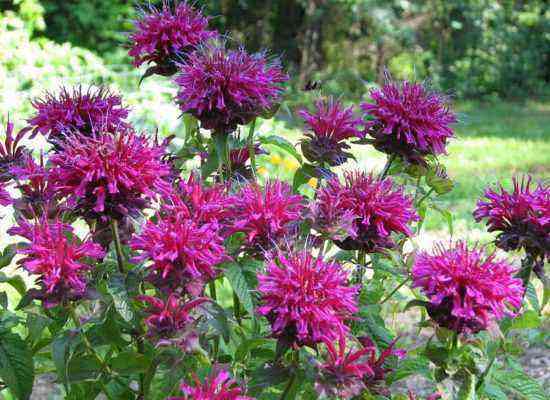

Monarda double dwarf
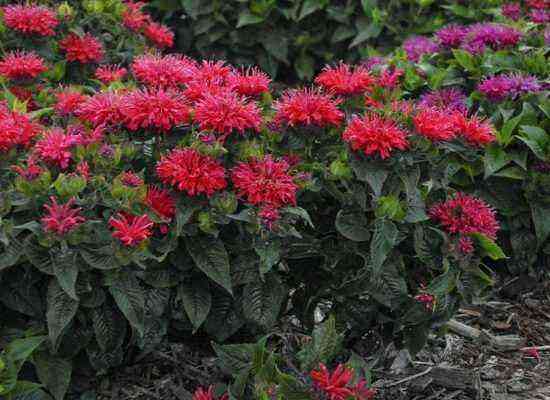
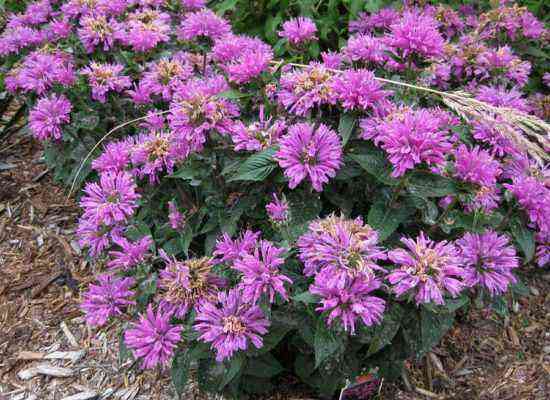
In landscape design, tall flowers are planted as tapeworms.
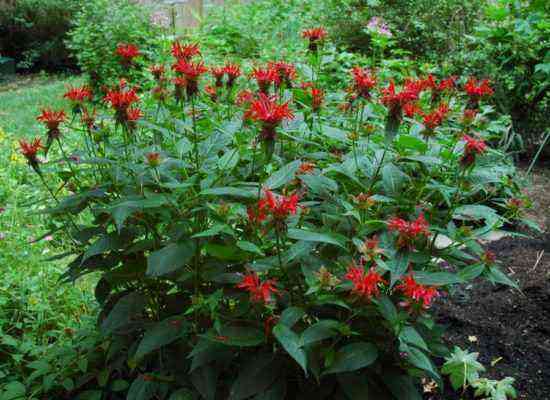
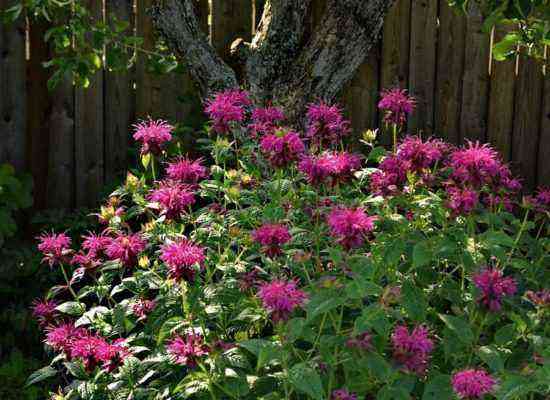
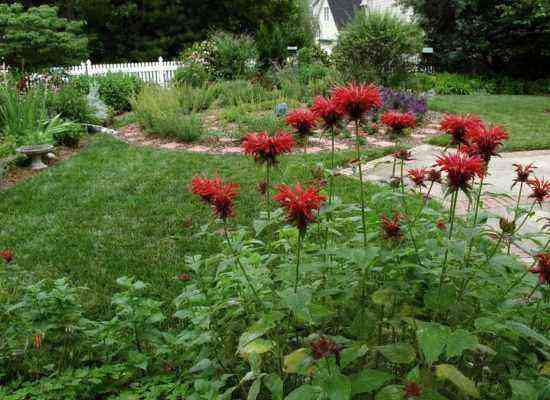
In the background, in mixborders, the monarda creates a background for low-growing, flowering plants.
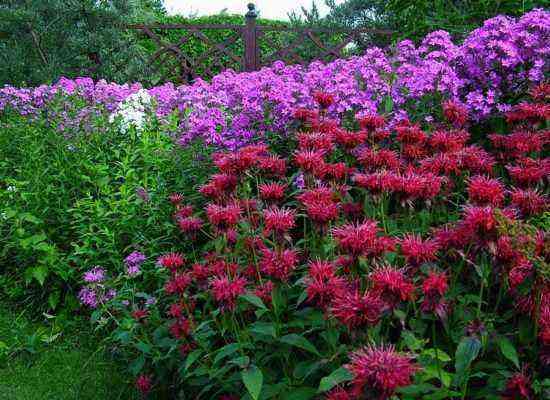
Monarda and phloxes in the mixborder
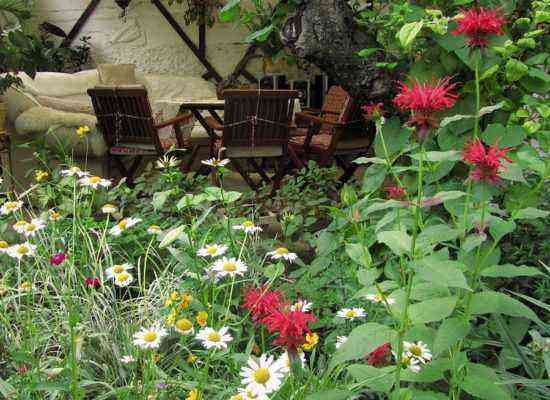
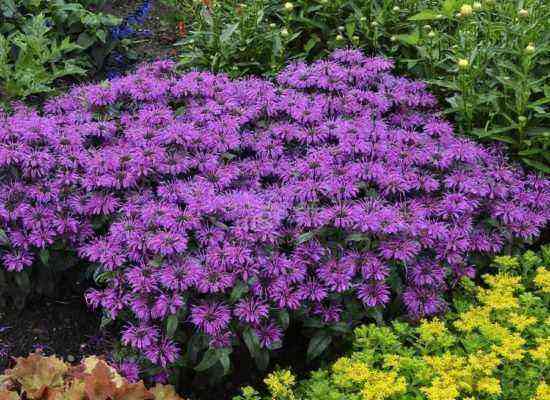
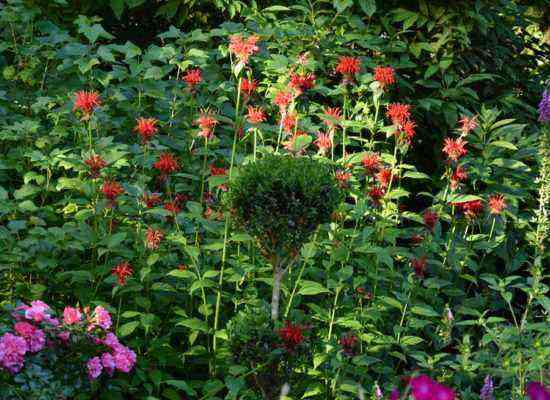
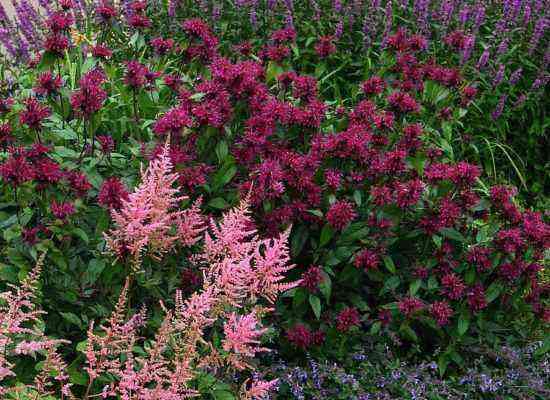
Monarda is used for plantings in natural-style gardens of a Russian estate or naturgarden.
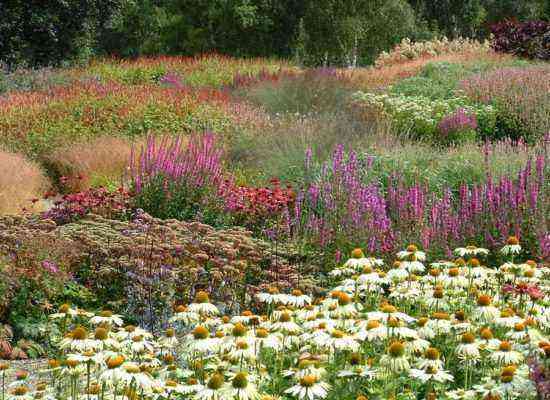
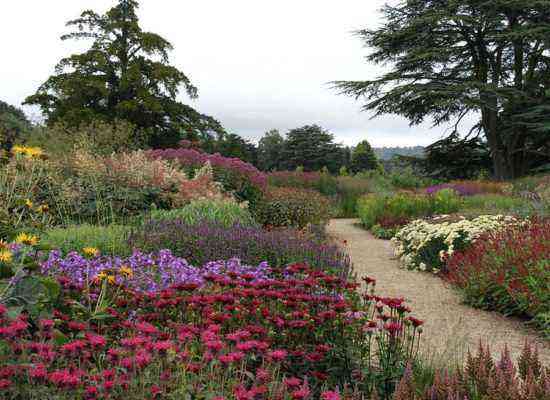

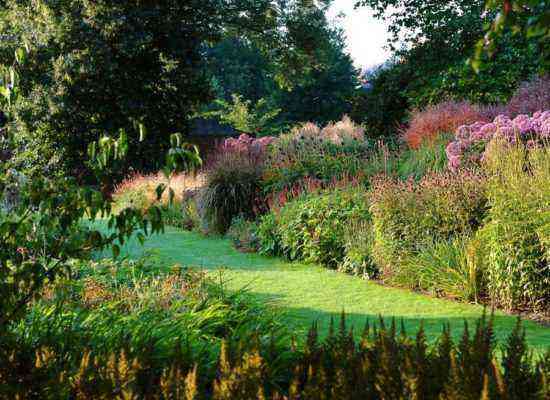
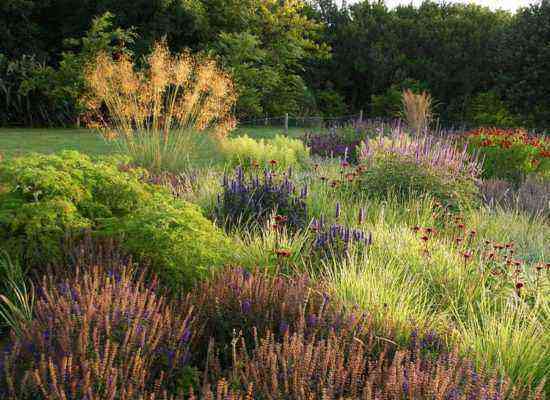
Flower beds, borders, flower containers and flower beds are also ready to embrace this amazing plant.

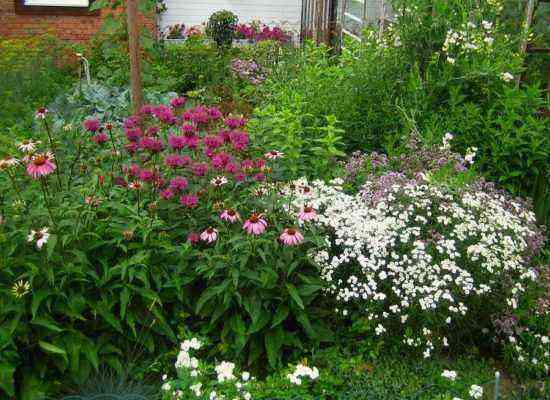
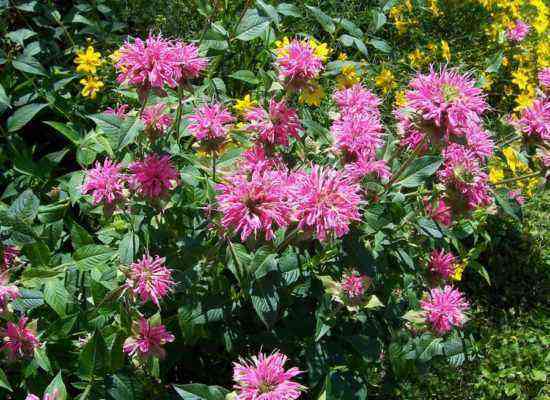

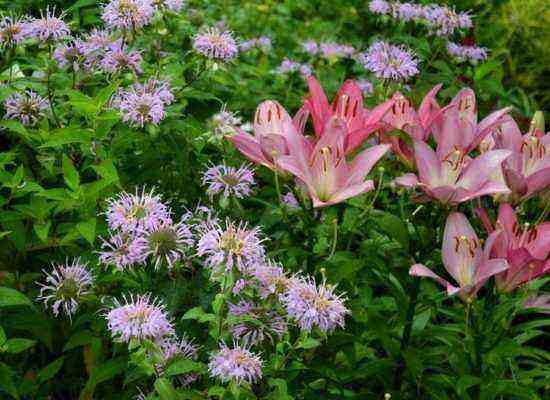
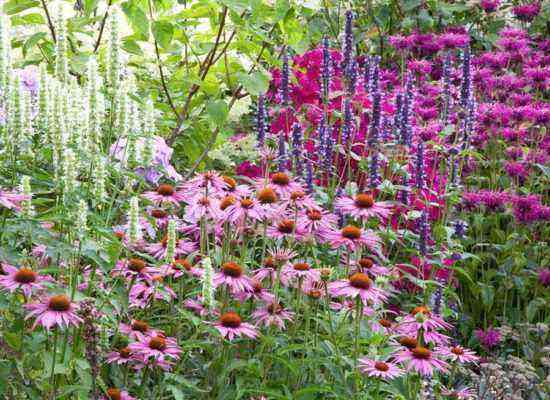
Fragrant flowers are placed next to vegetables and berry crops so that the smell and essential oils of monarda scare away harmful insects. Tall varieties are used to cover unsightly fences and walls of buildings.

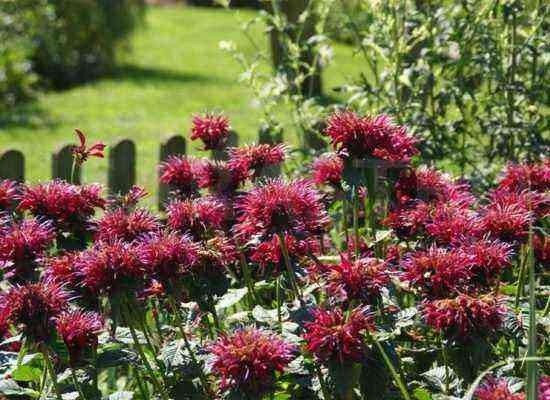
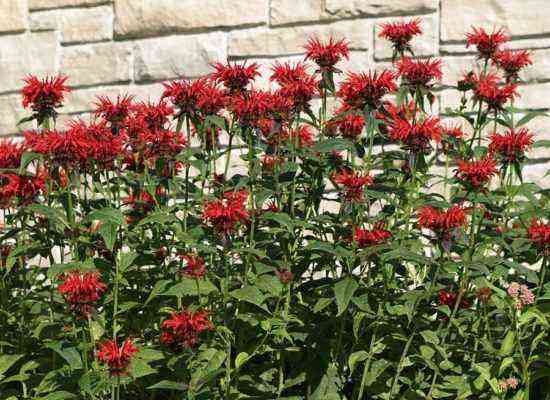
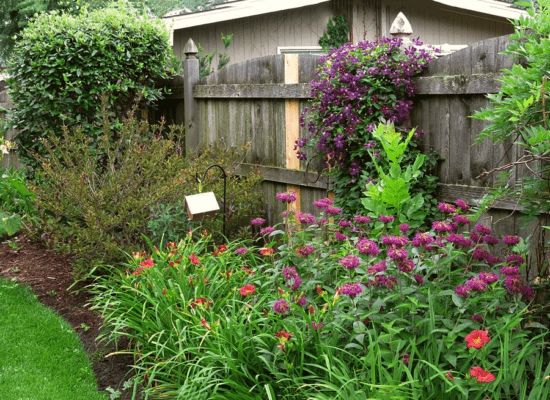
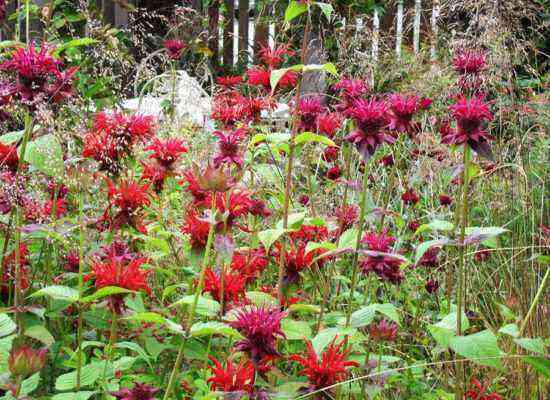
Monarda is a honey plant that attracts wasps, bees and other insects, so when planting on curbs near garden paths or playgrounds, consider this feature of the flower. However, hummingbirds are also not averse to feasting on a fragrant plant, and if you live in the habitat of these wonderful miniature birds, you can try to attract them to your garden by growing such a delicious treat for them.
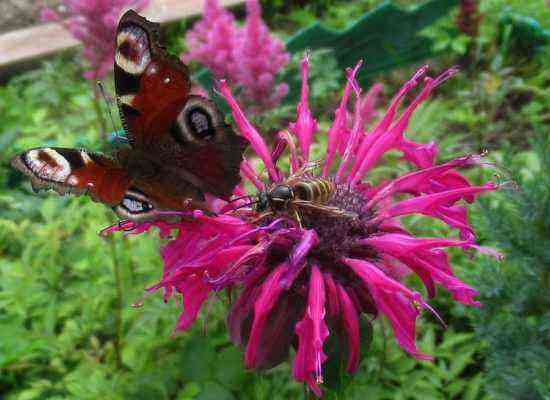
Monarda, butterfly and wasp
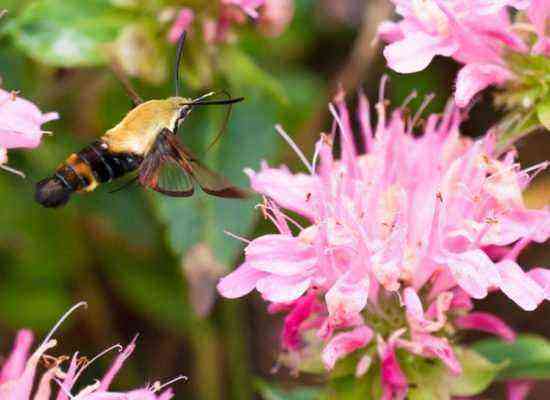
Monarda and hawk maker
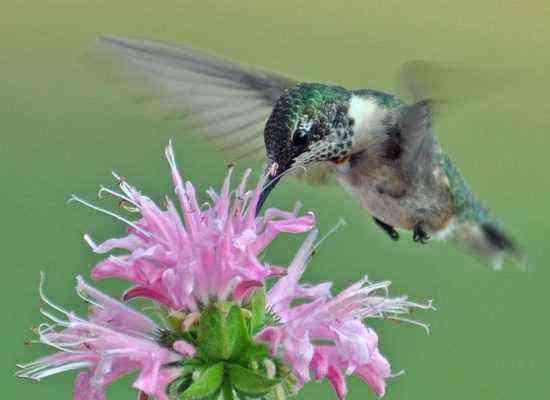
Monarda and hummingbird
In addition to decorative qualities, the monard is also very useful. Herbal drinks and salads add not only the leaves of the plant, but also its flowers. “Mountain Balsam” contains vitamins and several essential oils that have anti-inflammatory and antiseptic effects. Due to these properties, the plant is used in cosmetology, cooking, aromatherapy and medicine. As you can see, the monarda is a real living first aid kit!

